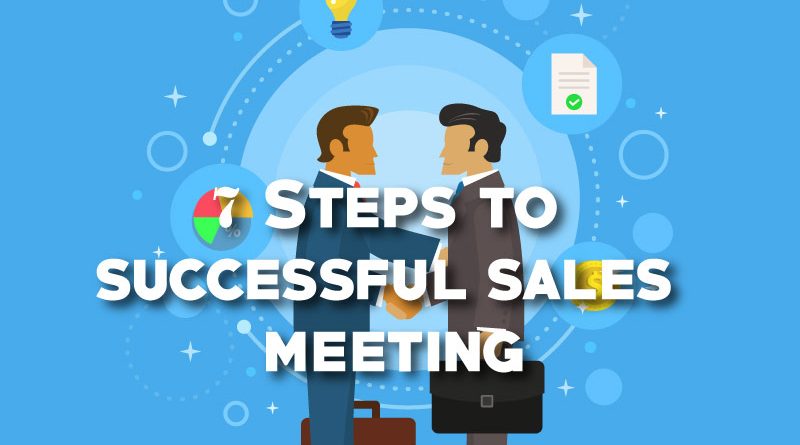Who, What, How: Succeeding with Your Business Strategy
Developing a distinctive, successful business strategy is often overelaborate and over-complicated. A strategy is simply about understanding where you are now, where you are heading and – crucially – how you will get there.
The idea and essential elements of a strategy
The strategy has three essential elements: development, implementation, and selling (meaning, obtaining commitment and buy-in from relevant stakeholders). Underpinning all three is ‘Choice’, in particular, the need to choose a distinctive strategic position on three dimensions:
- Who to target as customers
- What products to offer
- How to undertake related activities efficiently.
Business Strategy in Practice

The strategy is all about who, what and how. It means deciding on the customers you will target and, just as importantly, the customers you will not target. This issue requires a focus on customer segmentation and geography.
Delivering a successful strategy also means choosing the products or services you will offer and what product features or benefits to emphasize.
finally, strategy means choosing the activities you will use to sell your selected product to your selected customer. This approach sounds simple but there are several key points to note to ensure a successful strategy:
Ensure that your strategy creates a unique strategic position
This is achieved by focusing on who your customers are, the value proposition offered to these customers and how you can do this efficiently.
Make distinctive, tough choices
To be distinctive and meaningful, the strategy must make difficult choices and combine these choices in a self-reinforcing system of activities that fit. Common mistakes include: keeping options open; permitting incentives in the system that enable people to ignore choices; searching for growth in a way that forces people to ignore the firm’s strategy, and analysis paralysis.
Understand the importance of values and incentives
In particular, the underlying environment of your organization creates the behaviors of that organization. The organization’s culture and values, measurement and incentives, people, structure and processes all determine the underlying environment.
Gain people’s emotional commitment to the strategy
Most of the strategies fail because they don’t have buy-in from the key stakeholders These are people and organizations who are critical to the success of your strategy, they are the executioners and resources of your strategy.
Any strategy, however brilliant, will fail unless people (Key stakeholders) are emotionally committed to its success.
Remember, understanding is not the same as communicating
Explain why the strategy is important to the organization and the individual.
Do not overlook the knowledge–doing gap.
Individuals tend to do urgent things and not important ones. There is a gap between what they know and what they do. Remember, what gets measured gets done.
Do not believe that ‘strategic’ means important
Closely linked – not forever. Keep checking the answers to the ‘who – what – how’ questions. The strategy does not need to be changed too often but it will occasionally require adjusting to suit external circumstances. So, give your people freedom and autonomy to respond and to adjust, without waiting for permission or instructions.

